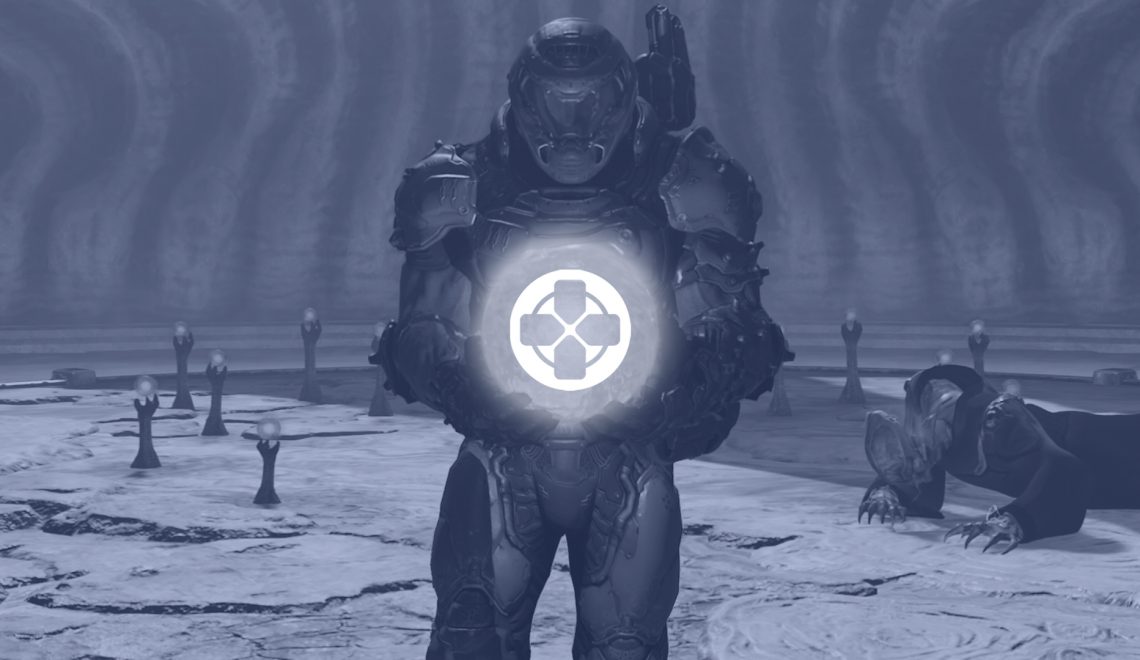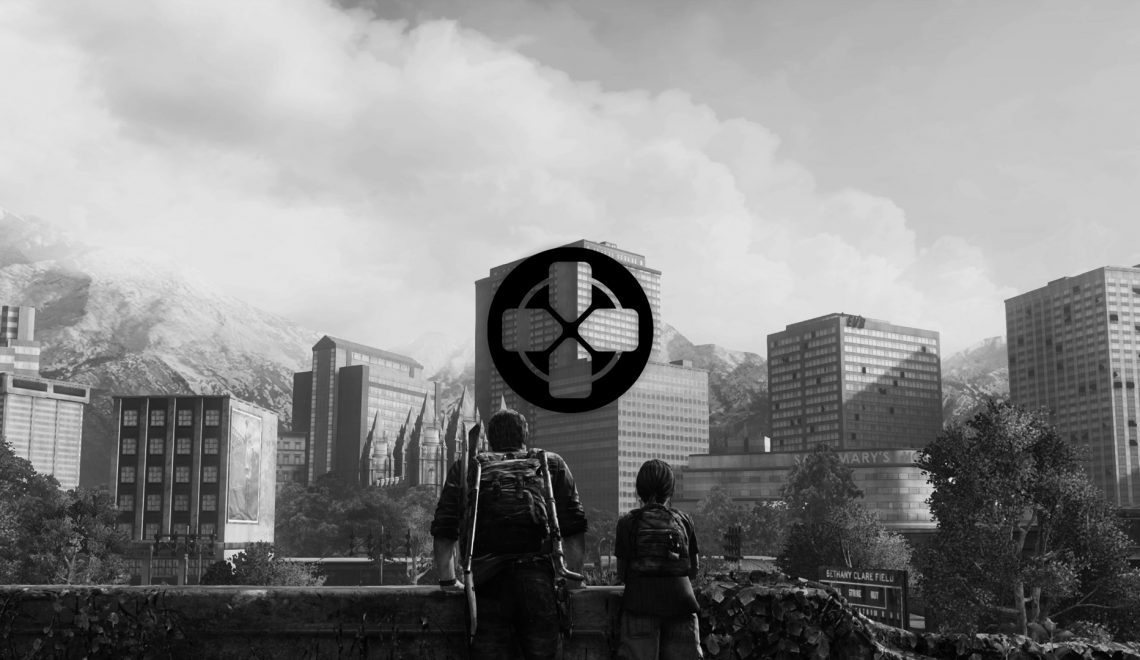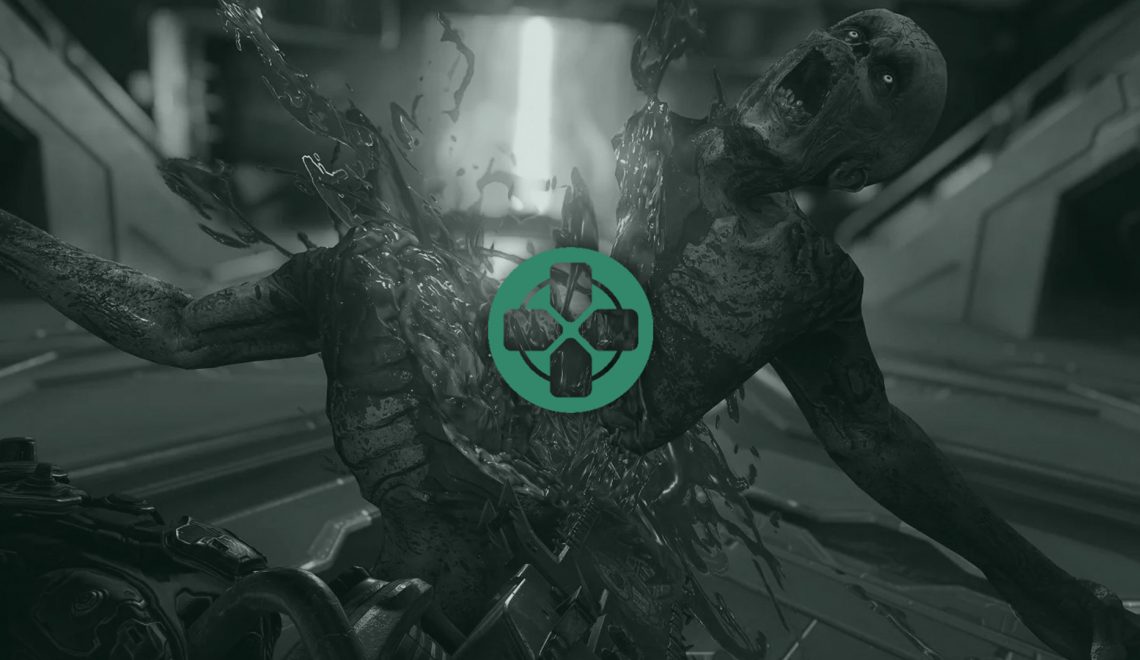I was eighteen years old when I downloaded Demon’s Souls from PlayStation Plus. I’d seen the hullabaloo surrounding Dark Souls for two years with a sequel coming around the bend, so I was curious to experience where it all began.
I got to the Boletarian Palace bridge and died countless times to dog hordes, a dragon’s unrelenting flames, and annoying archers. If I even got to the Tower Knight, I couldn’t figure out how to beat him, let alone had the health items to do so.
The uncertainty and frustration got to me. I gave up.
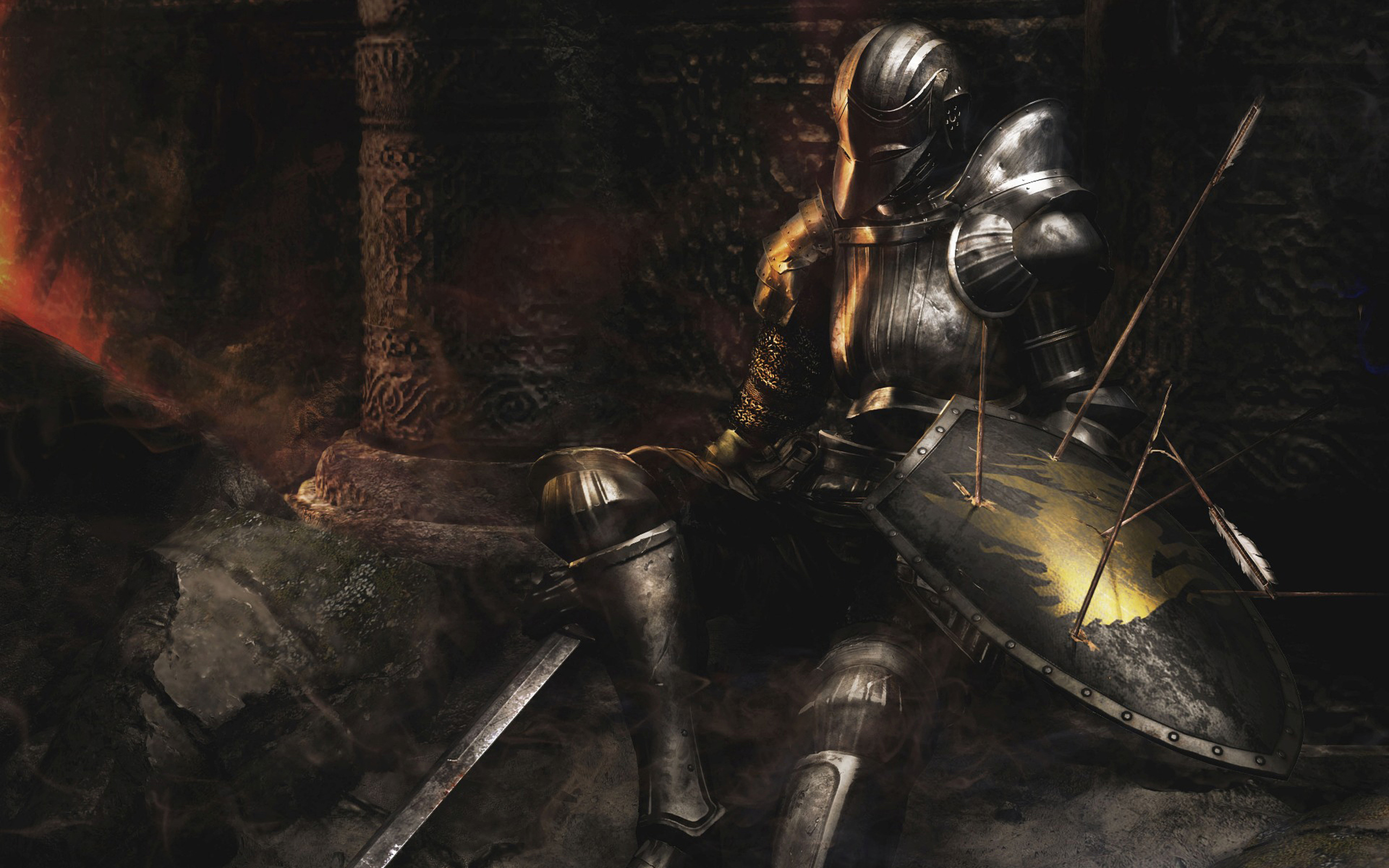
Stressed and spent. Broken and bent. Demon’s Souls laid a rough yet solid foundation for what would come with Dark Souls.
I turned to Dark Souls a little while later. I beat a few bosses, but the Bell Gargoyles and Ceaseless Discharge discouraged me from moving forward. Not to mention the sprawling, confusing world; I felt like I was aimlessly running in circles.
The uncertainty and frustration returned. I gave up again.
The sequel but encountered more ridiculous bosses (the Ruin Sentinels!) and the same egregious lack of sensible guidance. Besides, I wasn’t as drawn to this game as the prior two titles for reasons I couldn’t articulate back then.
You see the pattern. I didn’t bother with Dark Souls III.
Bloodborne came around in 2015. I couldn’t resist.
I fell prey to another one of From Software’s richly dark worlds, bolstered by compelling exploration and addictive gameplay loops of trial and error. From Software kept taunting me with the indifference, ambiguity, and tough love imbued in its games, but this player treatment didn’t feel like cold spite or mockery. I had to approach these worlds on their own terms and have the patience to learn from their tricks. Progress is slow, and sometimes cruel, yet never arbitrary. It’s the mentor and student. Stick and Daredevil. Gran Torino and Deku. The Boss and Naked Snake. Tough love, to be sure, but sincere in its aim to empower and improve the learner at all costs. He or she may despise the discipline at times, but it can always be respected for its end intent.
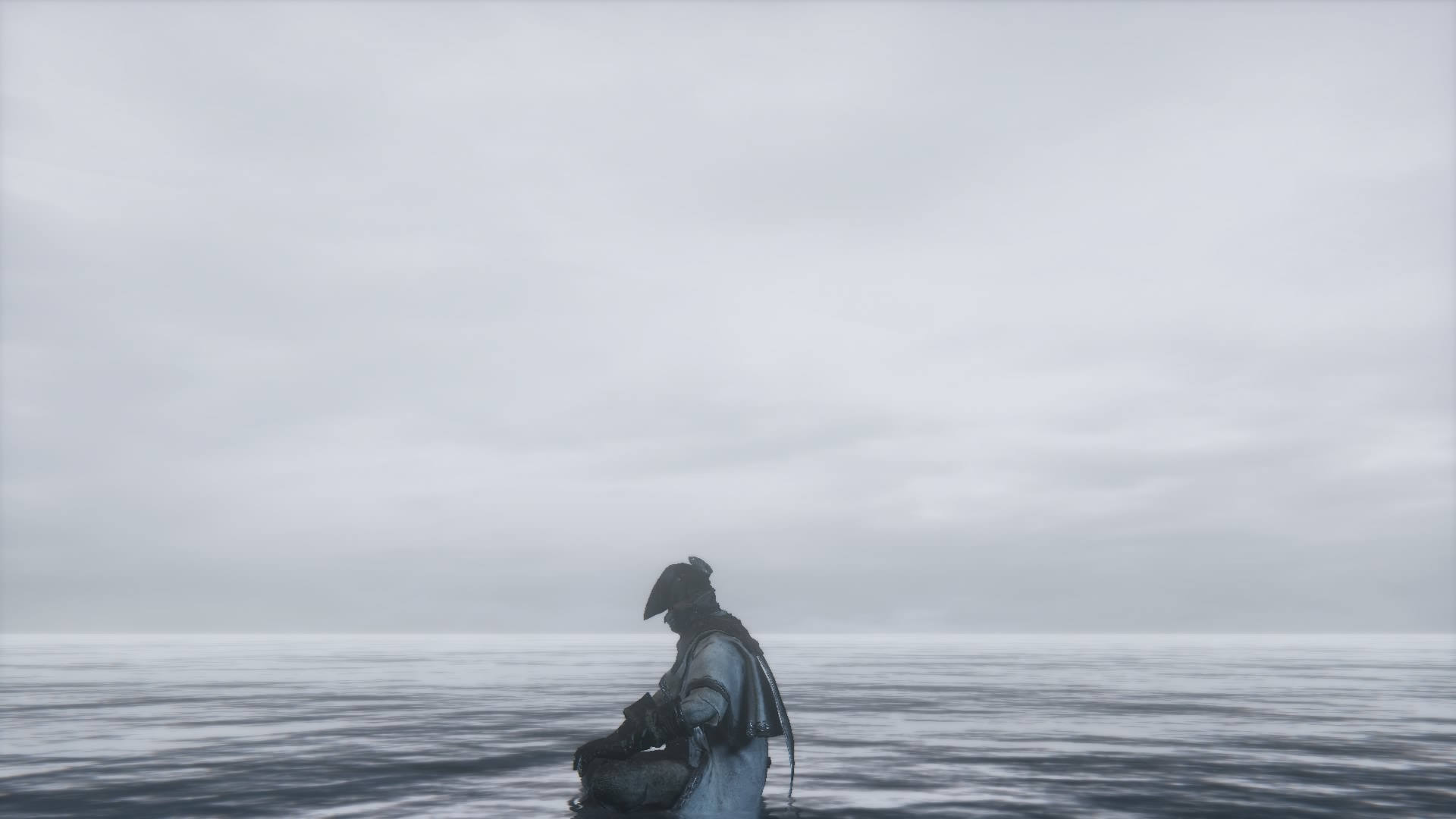
One made me accept disbelief. One made me accept anger. One made me accept apathy. This one taught me to internalize and learn from them.
This realization clicked with Bloodborne. I swallowed my excuses, accepted to endure the developer’s tutelage, and eventually watched the credits roll for one of my favorite videogames.
Bloodborne taught me that some of the greatest experiences I’ll have won’t always be handed to me. I’ve got to fight for them and have the patience to let their brilliance become clear. I’m convinced I had growing up to do before I understood this point. I don’t think I truly matured as a person until my early 20s, so this game came at the right time, and afterwards, a newfound perspective that gave me the will to tie up loose ends.
I present the first of three reviews briefly covering my thoughts on the Dark Souls trilogy. Enjoy.
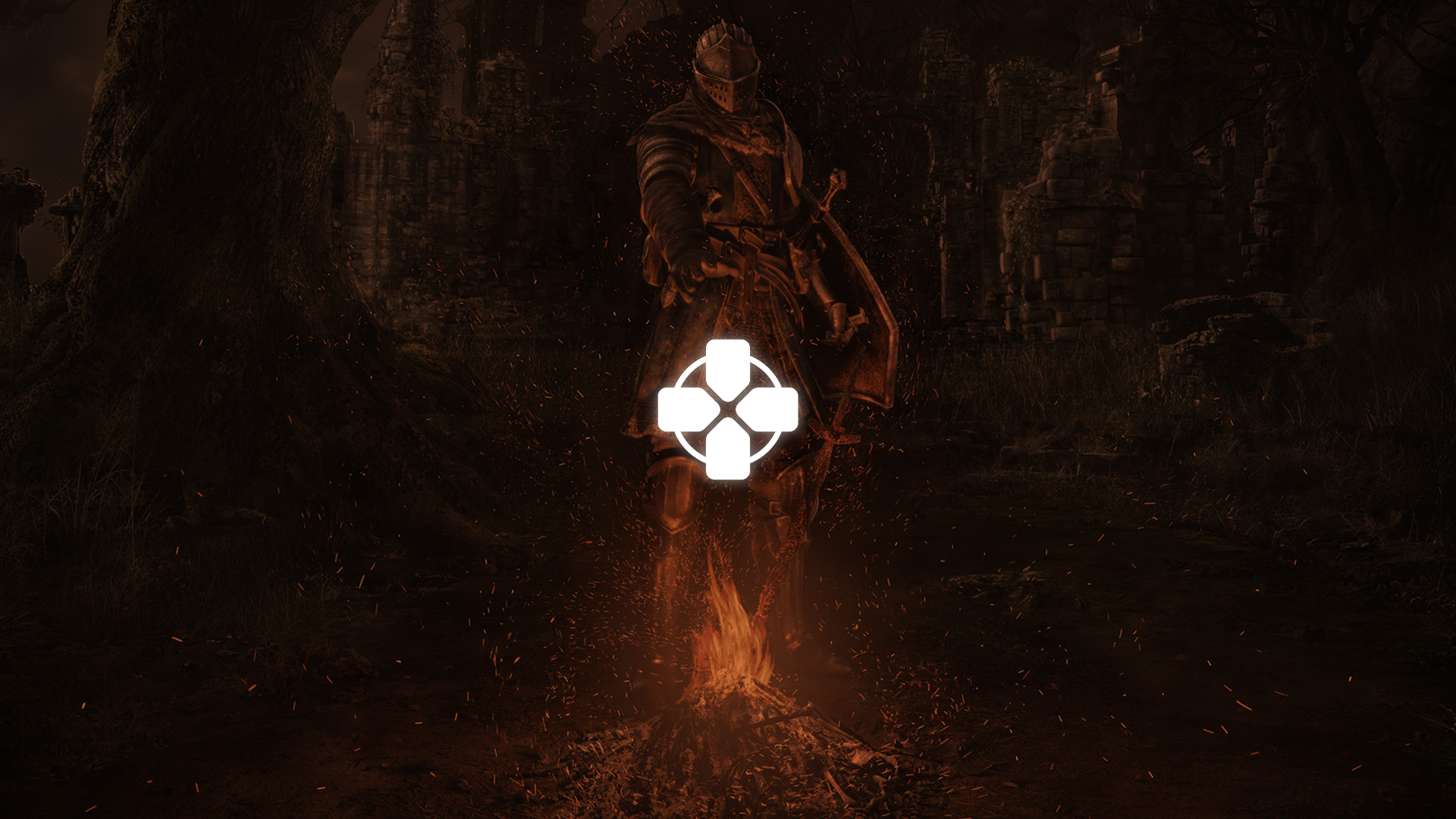
The Undead Asylum is a microcosm of what to expect from Dark Souls. You’re a weak, under-equipped zombie with no idea of what’s around any corner. There’s a dying knight you can spare, but whether that’s in letting him live or die is up for debate. There are devious environmental hazards and a surprise boss. The only handholding that you’re getting is messages scrawled on floors that tell you how the controls work, which are supplemented by seamless level design giving you relevant situations for their uses. Beyond that, you’re let go—a weakling immediately set loose in an unforgiving, unpredictable world. You have to be crafty, cautious, and clever to figure it out in more ways than one.
If you go into the game expecting nothing, you’d imagine it’d be hack-and-slash given the third-person perspective and moveset, but the combat isn’t light and spammy. A couple of blows will spell your doom. Your own swipes and stabs are deliberate and weighty, demanding careful execution with limited stamina. It’s defense over offense; your default mode will be circling foes with your shield up, ready to dodge all the while. The difficulty, then, isn’t so much found in how you attack, but when you attack. It’s a waiting game of studying patterns as you wait for thrilling moments where you discover and exploit weaknesses.
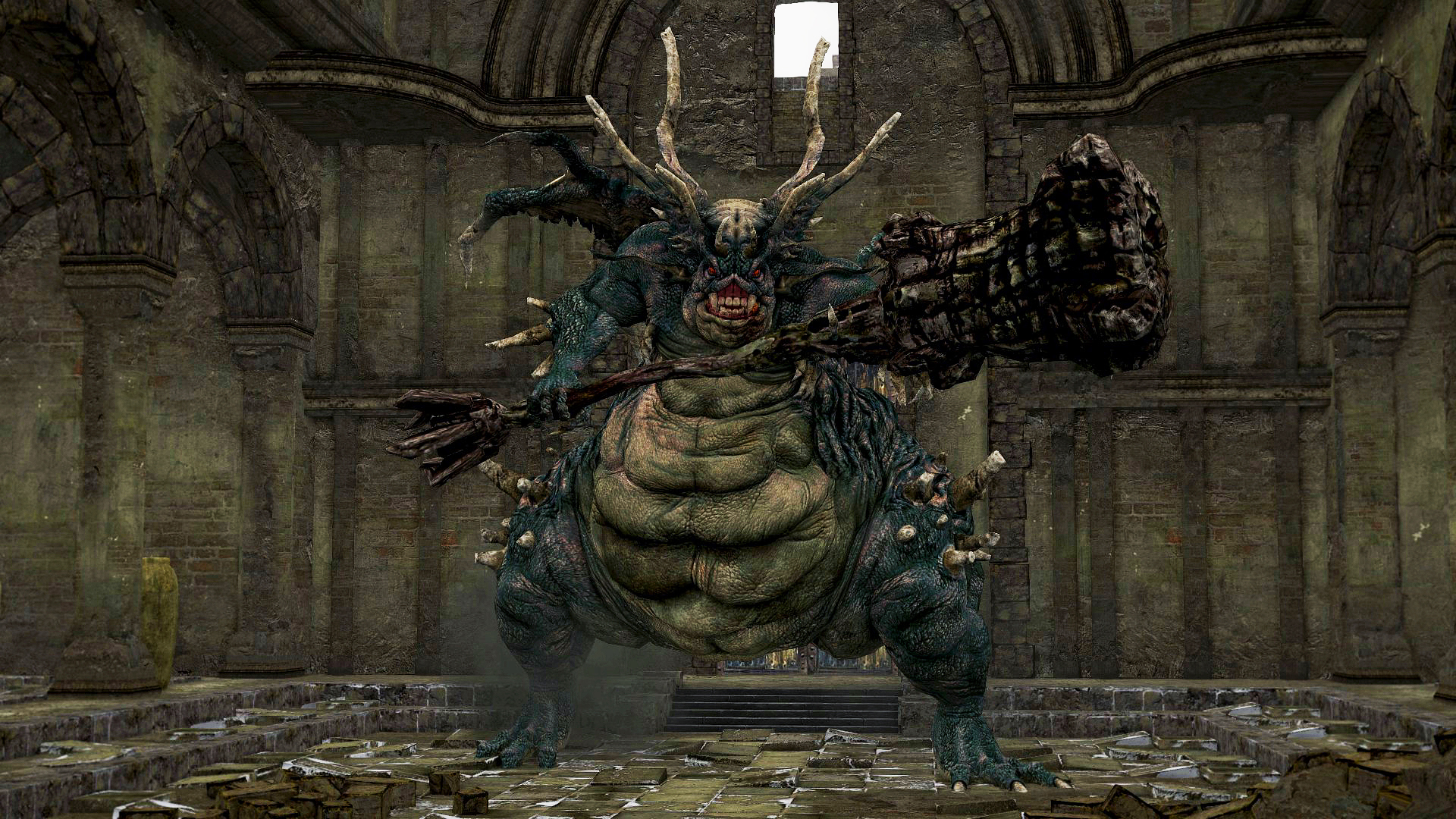
You haven’t even figured out everything and the game throws this ugly dude in your face. You have to escape and find better weapons before returning to seek revenge. I love how From Software forces players to realize how weak they are in themselves from the start. Your power doesn’t come from character stat-building, but from the weapons you wield and armor you wear. You’ll be searching earnestly.
This is surprising in that Dark Souls is mechanically easy. No matter what weapons, magic, or items you use, the gameplay is simple yet makes up for this with enemies that are anything but. You need to fight within your means and are left with minimal margins for error. This reflexive play paves way for parrying, dodging, and brief strings of light and heavy attacks that don’t look flashy, but feel satisfying because you can simply pull them off; it’s a reward for being observant enough to break through foes’ intimidating, overwhelming fronts. That’s the spirit of the game.
However, the pacing and nature of combat is a double-edged sword. Fights can quickly morph into prolonged, disengaging waiting games, but this speaks more for the quality of encounters. Overly aggressive bosses will force you to adopt frustrating hit-and-run strategies, whereas giant, lumbering bosses will turn into feet-hacking parties of little to no challenge. Much of the excitement of combat depends on the diversity and types of attacks that enemies have, and thankfully, more than half of the bosses (and normal enemies) meet this criteria. Quelag, Nito, Ornstein and Smough? I’m looking at y’all.
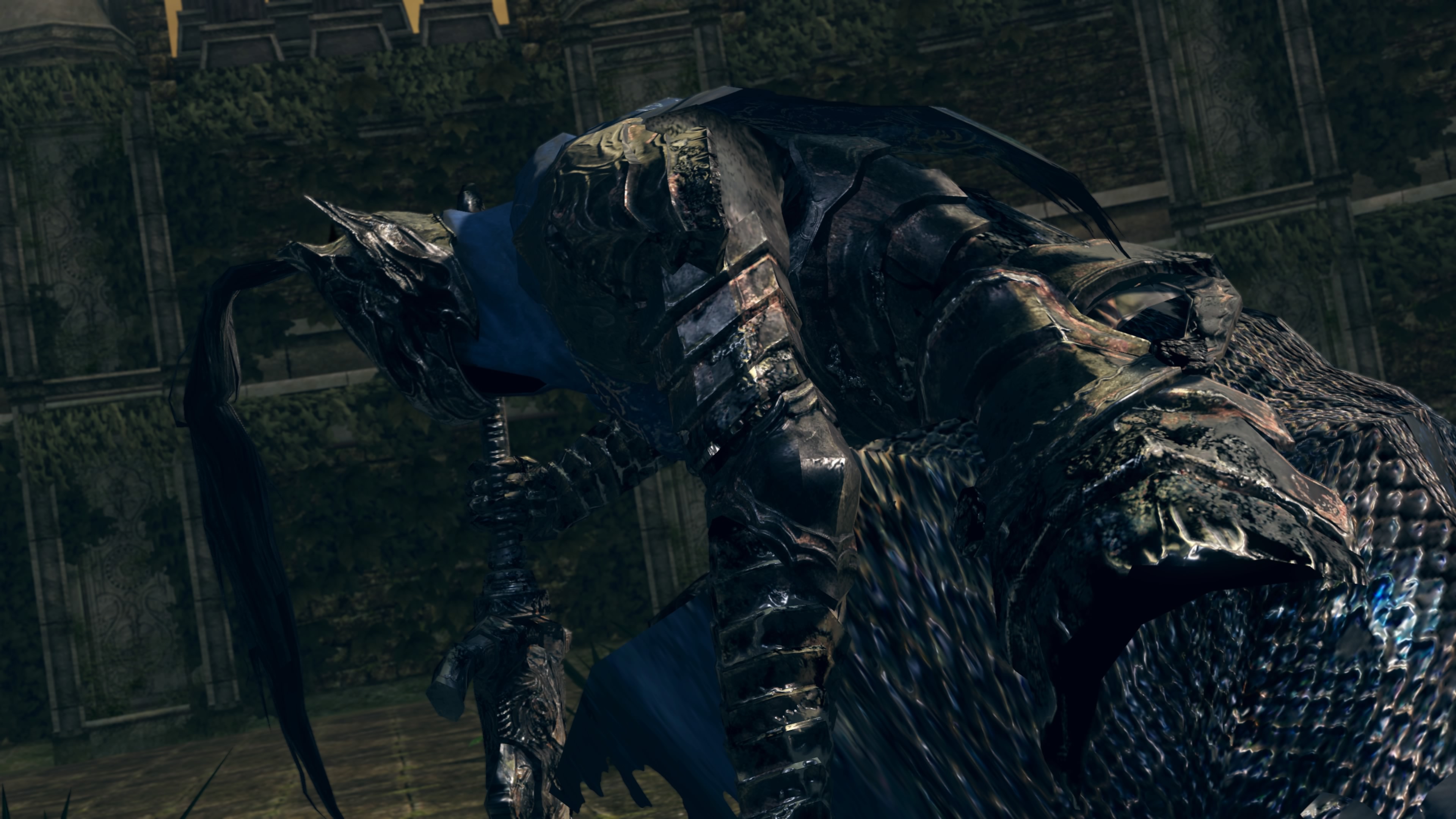
If you pay attention to subtle cues and item descriptions, you’ll find one of the most tragic, moving stories in the tale of Artorias the Abysswalker. In many ways, he’s one of Dark Souls most important characters, and when you understand his backstory in conjunction with fighting him, it carries even more weight, even though the animation and conclusion to the battle say enough.
Some bosses like the Ceaseless Discharge (yes, I know) or the Bell Gargoyles will bring my issues with some bosses to bear, but (even with these examples, the payoff of overcoming these obstacles is always intensely rewarding. Not being able to wail on enemies with little repercussions makes you take a step back and appreciate the addicting process of learning to persevere with an exacting, restrained temperament. Though running back with repeated attempts and slogging through fodder grated on my patience.
This approach extends to exploration with the open world, which remains my favorite in the trilogy. You’re encouraged to follow your curiosity since many areas and bosses can be encountered in any order. I remember how my first playthrough led me down to the bowels of the Undead Burg where the Capra Demon lurked. This time, I completely forgot about and skipped it entirely! So many open worlds are have intrusive level design and non-diegetic visuals aiding the player along the right paths, which still makes Dark Souls refreshing today. Distant, strange structures and unexpected paths/ladders/doors sent me on exhilarating rabbit trails of adventure, and the further I went without finding bonfires (checkpoints of sorts), the more guarded I became…and yet more motivated to keep going until I found respite. This tension in exploration captures the exciting reality of wandering in the unknown to near-perfection.
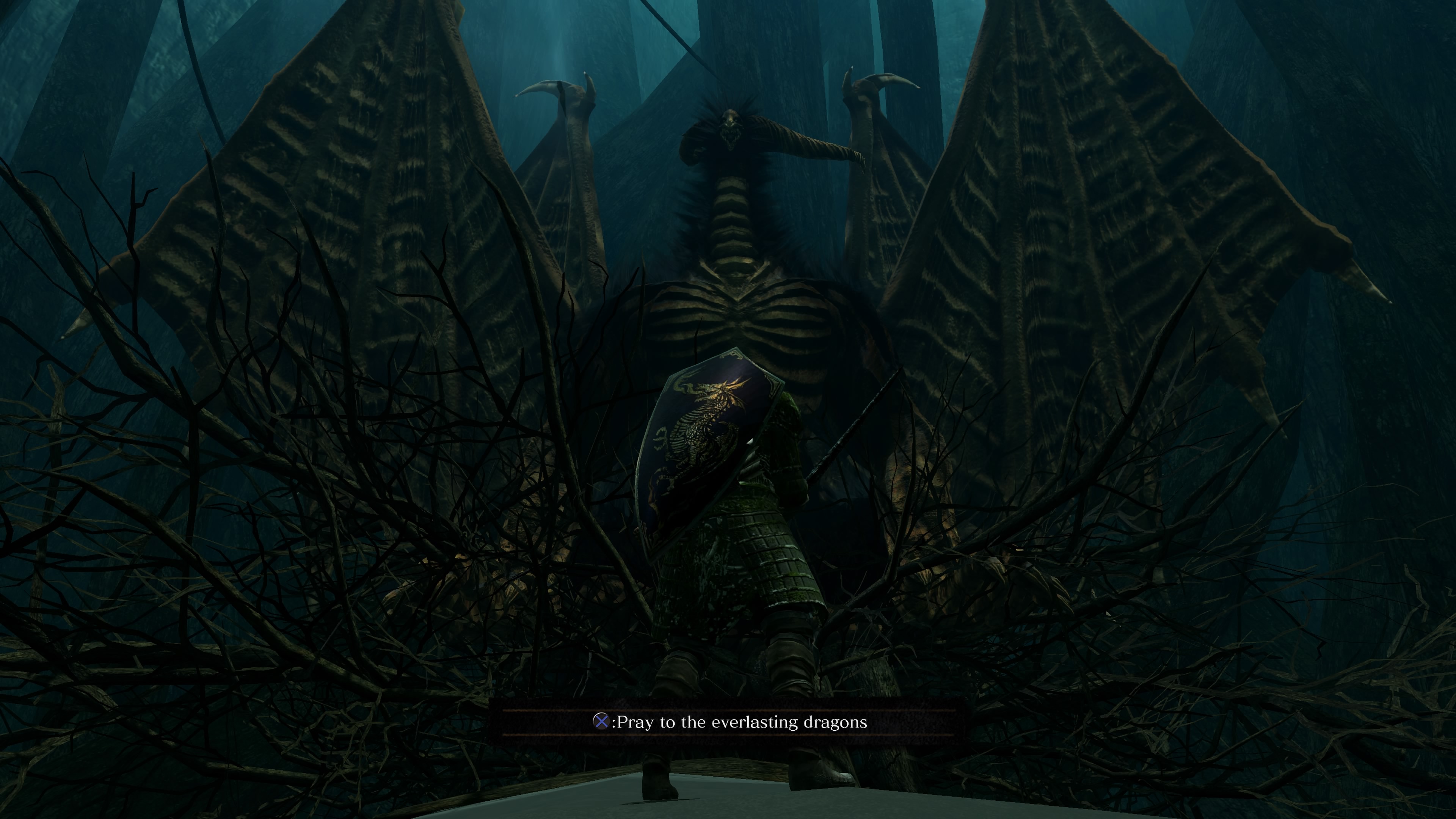
After discovering an illusory wall in the depths of Blighttown, I marveled as a I traveled even deeper through ancient roots. I came out into a bizarre world of massive, dead tree trunks that seemed to hold the world above in place. A calm sea spread out as far as the eye could see, and all I could do is travel along a thin stretch of sand ending in a dark, enclosed area of trunks. I found a dragon covenant (covenants reward completing actions or finding items in exchange for special items), prayed to the ones who heralded the age of dark, and got a stone that transformed my head into a dragon variant. Worth.
I’d circle back to old areas with locked/blocked-off entrances with epiphanies as I pieced places together. There’s something special about connecting interconnecting worlds without the aforementioned assistance of maps or ever-present markers to ground you, though it’s frustrating how overly obtuse some areas can be to find. Not to mention some baffling placements of bonfires, making backtracking a pain at times. However, from the lofty heights of Anor Londo to the otherworldly depths of Ash Lake, this is From Software’s most exotic, compelling world with a mix of magical, dark, and weird artistry capturing the classic spirit of the fantasy genre. The Remastered version fixes the original game’s frame rate woes and doubles it to 60 frames per second. The character models and draw distances are definitely showing their age here, but touch-ups to things like weapons, armor, and architecture bring out the loving detail From Software put into the game.
There’s also unnecessary ambiguity with its RPG components. Character leveling and stats are self-evident in what they mean (with the exception of a few pertaining to equipment), but elements and weapon crafting have to be studied online, lest you never discover how some advantages or special weapons work. The game invites players to discover its depths with their own wits from design to storytelling, but this approach feels unnecessarily applied toward understanding deeper aspects of the latter, even if one could argue they’re not essential to know to complete the game, which, in some ways, exposes how open-ended and malleable of an experience you can have with areas, bosses, playstyles, characters, and whatnot, many of which you may never stumble across.
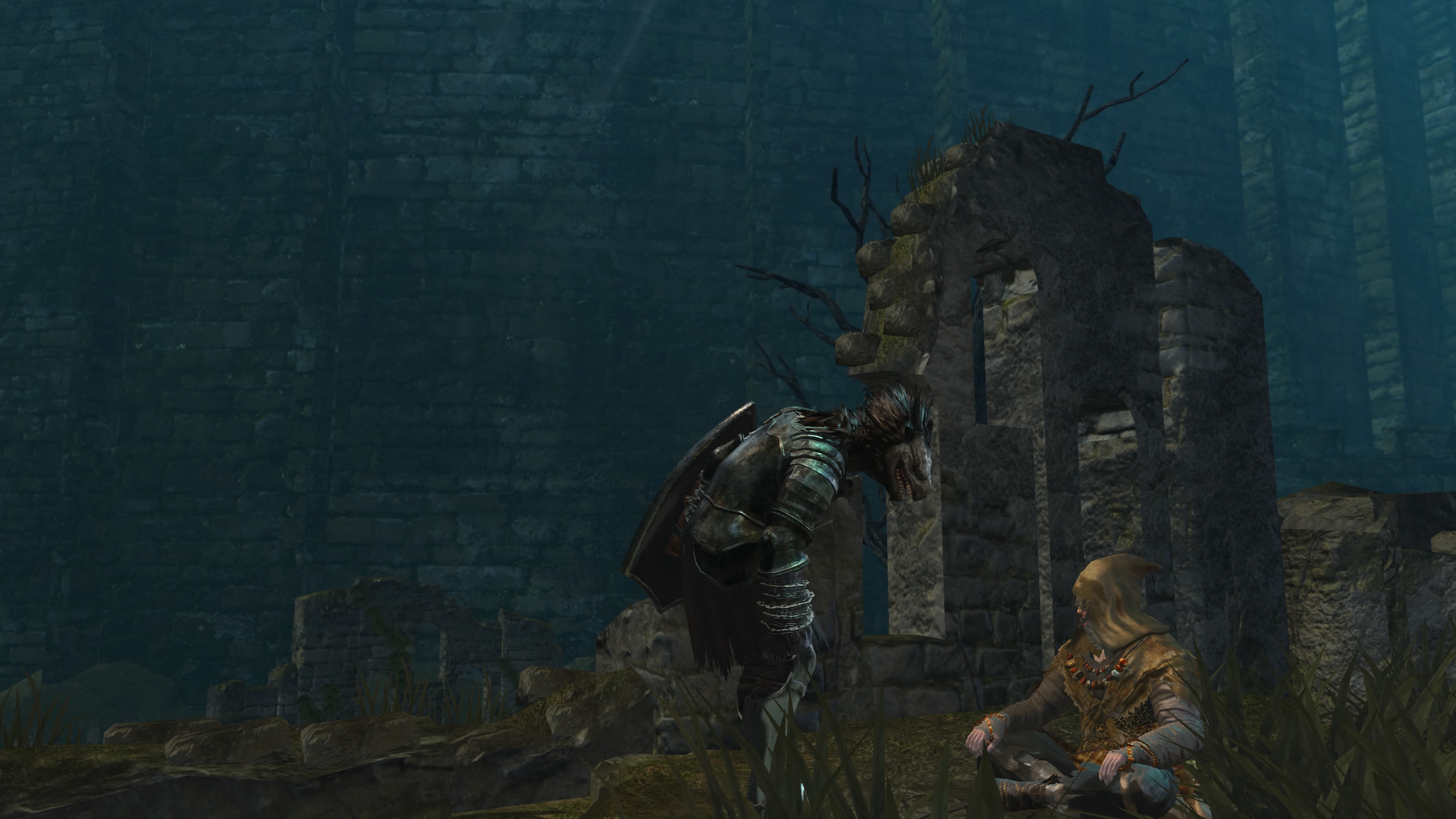
Laurentius of the Great Swamp is one of the rays of light in a world of darkness. Every time I saw him at the Firelink Shrine after saving his life, his amiable, friendly demeanor reflected the comfort that the Bonfires bring to weary travelers. The cast of Dark Souls are an odd yet compelling sort.
Instead of a straightforward narrative, Dark Souls is all show and no tell, even when it tells! The only way you can piece together the history, character relationships, and structure of the world is to read between the lines of dialogue, item descriptions, and environmental objects. You can ignore these altogether, but should you become an active participant in making sense of the nonlinear information conveyed through layers of obscurity, you’ll feel like an investigative journalist and archeologist—you interview subjects across the realm and filter out the subjectivity and riddles to get down to the truth.
These characters will travel around, react to, and be influenced by your actions as well, which makes the game feel like a living, breathing world where you’re moved to reflect on the shocking consequences of major and minor decisions. All the while, you’re carefully studying and analyzing objects you pick up and see around you to deduce how such a grand kingdom of gods could fall apart and what your place in it means. Paying attention yields profound commentaries on the human condition, good and evil, spirituality, and purpose. I’m honestly reminded of Kingdom Hearts with its dense lore and earnest yet mushy musings over the heart, light and darkness, etc. That’s similar to Dark Souls, but of a darker and more mature bent.
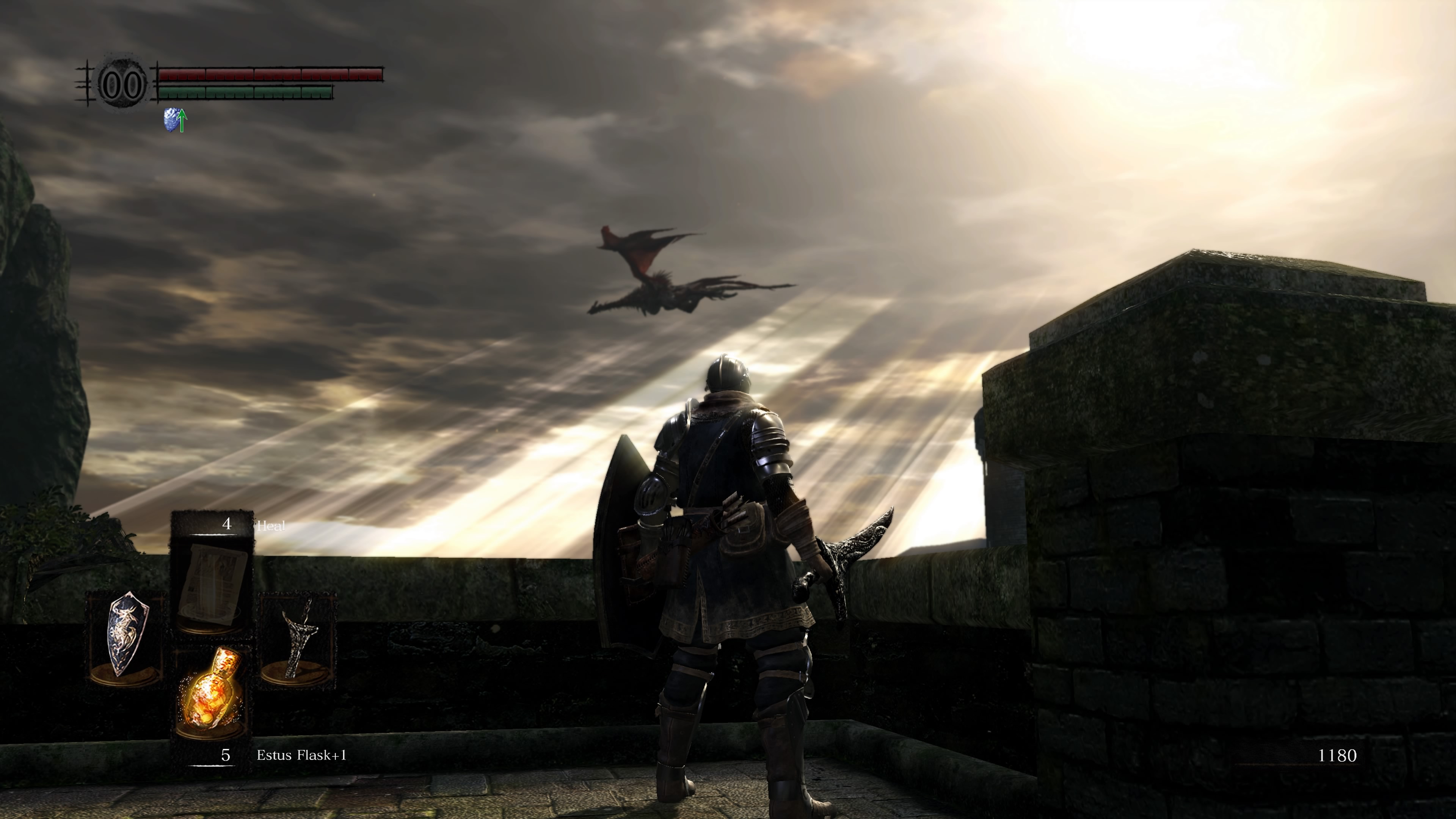
There are likely a good two dozen different fighting styles to consider with new weapons. There are several types of swords, axes, spears, and more! Each only has a handful of attacks to execute, but it’s fun to experiment as you play to see what works for you. The Black Knight Halberd was my choice, but you see that wyvern and weapon in my character’s hand? Make sure you hit the beast with arrows when you see it on the bridge. You’ll thank me later.
There’s a multiplayer component that involves other players invading or assisting each other, The former proves frustrating and discouraged me from using Humanity to avoid these inconvenient encounters. As for the latter, that can prove to be much fun if you can swallow your pride and fight a boss with a friendly stranger. However, this component of the game doesn’t sway my opinions of the core experience much, which lasts 50+ hours on its own. Throw in the DLC, Artorias of the Abyss, and you get another 10 hours of some of the game’s greatest bosses.
concluding remarks
Dark Souls challenged my gaming tastes and objectivity as a critic. It’s a slow, cryptic, punishing experience that challenges players’ patience and expectations. Once you approach the game on its own terms, combat becomes rewarding in strategic restraint; the exploration exciting in nervous anticipation; the story gripping in studious attention. Many of these traits spill over with residual annoyances with poor relaying of underlying systems and functions, stupid backtracking, and lazy boss design to name a few. Nevertheless, the quiet yet heavy intention behind every element of Dark Souls will command—and eventually earn—your respect.

